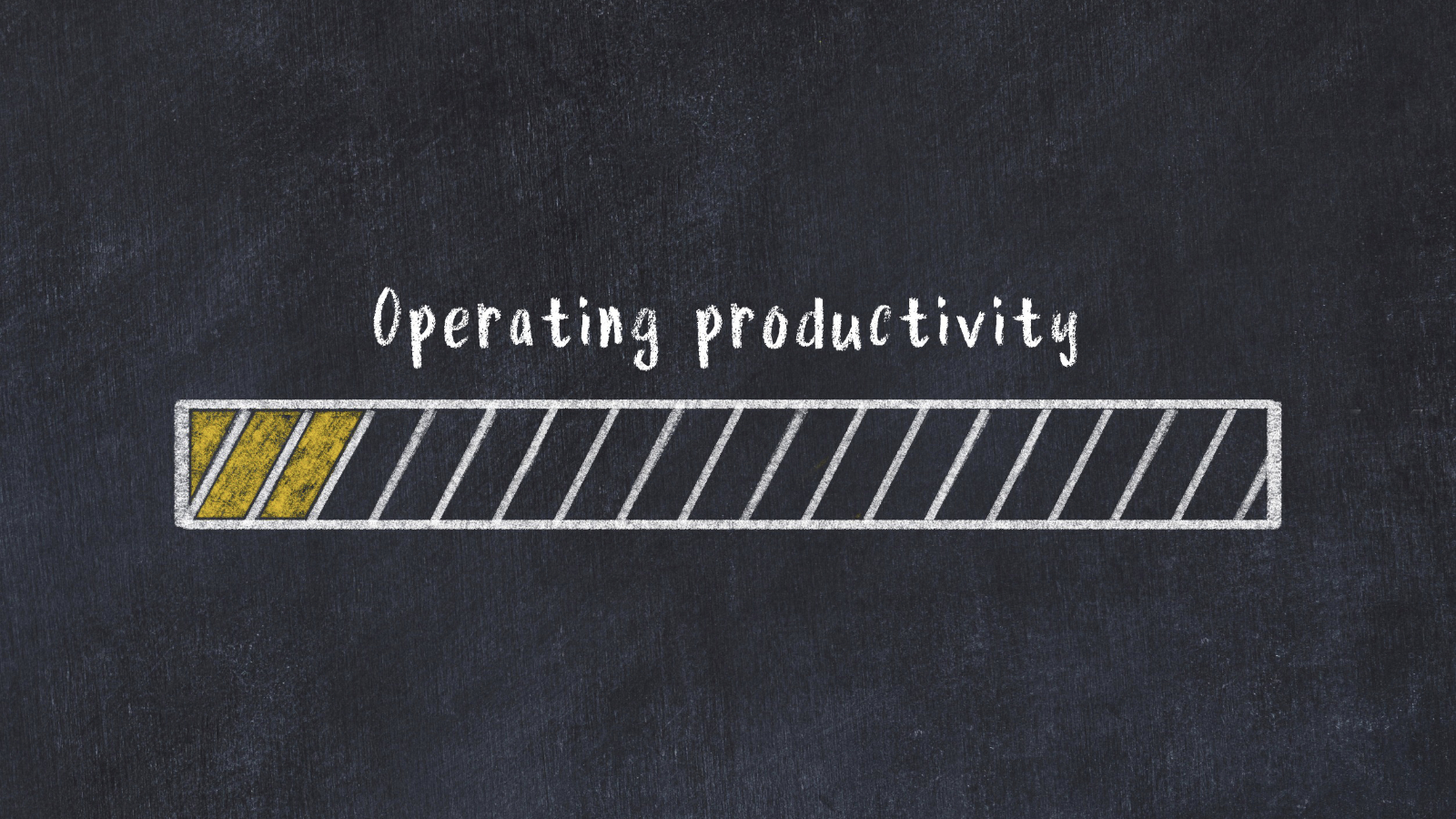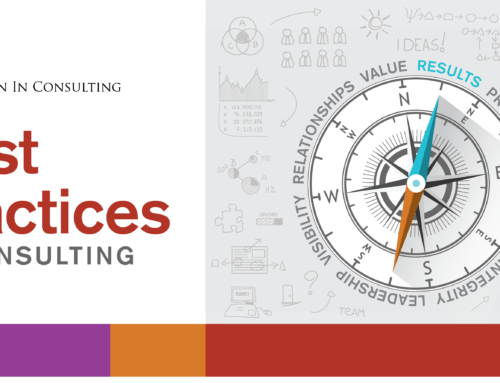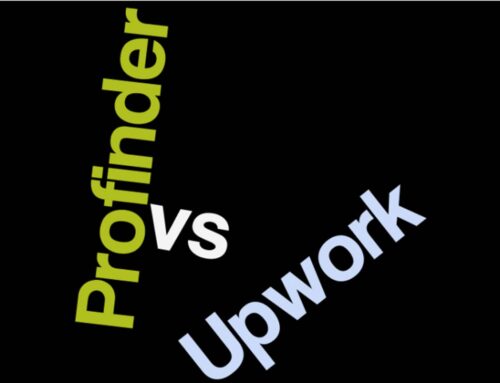If you’re an entrepreneur, you can always use tips and techniques that are simple to implement and don’t take up much time, yet give the edge you need to boost productivity. Below are six I’ve culled from blogs and articles on productivity that I find particularly helpful for me.
1. Know your prime time
Do you do your best thinking at five in the morning? Or eleven at night?
Research suggests that whether you’re an owl or a lark may be hardwired in your brain. Instead of fighting your inborn tendencies, schedule your work around your natural rhythm. For example, if you’re a lark, get up early and go straight to work on your most important task.
Figure out your most productive time of the day. Use that peak time for whatever work taxes your brain the most. Block out that time for solid, uninterrupted work. Whether it’s two hours or four, you’ll find that you can do more in those few hours than you can the rest of the day.
During your non-peak times, work on minor tasks like making phone calls.
2. Remember Freud’s pleasure principle
Living organisms—i.e., humans—move towards things that are pleasurable and away from things that cause pain. This principle holds true even for people who are seemingly able to tolerate a great deal of pain and hardship.
If there’s a certain task you always seem to avoid, investigate! Find out what the pain is and see how you might reduce or eliminate that pain (by delegating?) or add pleasure. As Mary Poppins says, “Find the fun and snap! The job’s a game.”
3. Nix the “To do” list
How? By calling it an action list instead of a to-do list. The brain reacts to even subtle nuances. The simple act of renaming can transform a laundry list of dreary, I’ve-gotta—but-don’t-wanna with a thrilling, motivating action list. It works like an instant call to action.
Even if you have a flow sheet for the week or the month, it helps to write out your action list before going to bed. Look at it first thing in the morning and revise it if you need to.
4. Remember the Pareto principle
Also known as the 80-20 rule. Named after the Italian economist Vilfredo Pareto, who observed in 1906 that 80 percent of the land in Italy was owned by 20 percent of the population. You can apply this rule to anything. They say that 80 percent of your sales comes from 20 percent of your clients.
Similarly, 80 percent of the value of any task you engage in comes from 20 percent of the effort you expend. Figure out what that is, (Inquiring minds and all that…) and focus your energy on the critical 20 percent. As they say, work smart, not hard.
5. Time boxing
I picked up this concept from self-development guru Steve Pavlina. (Check out his blog http://stevepavlina.com for some great tips on improving your life. But be forewarned, he’s a somewhat unconventional thinker, and not everything he proposes may suit your lifestyle.)
Decide on a fixed time period like 15 to 30 minutes to tackle a task of your choosing. Set the timer. Then immediately get to work on the task. It works great if you’ve been procrastinating on something. Once you make a dent in the task, you’ll be more motivated to continue. If you’re fired up, you can keep working in fixed time intervals until you finish the job.
6. Hyper timer
This is adapted from a trick used by the intrepid Internet marketer Tellman Knudson to help the ADD (attention deficit disorder) sufferer focus, but anyone can use it. It’s similar to Time boxing, but kicks it up a notch.
On a sheet of paper write down from three to seven projects that you intend to work on. (You might want to first break down projects into discrete tasks.) Number each one.
Set the timer for between ten to fifteen minutes. You can adjust the time later to better suit your own pacing.
Choose one task to work on, then focus on that until the timer goes off, then immediately go on to the next task until the timer goes off. Continue down your list of tasks until you tackle each one at least once, or until you really need a break. Set a timer for your break, too.
Repeat the cycle after the break. I find that I’m the most productive when I use this technique.
So, what are some of your favorite ways to get more done?









Love your ideas, Cheryl. I’ve employed some of them, some are reminders and some are brand new. I love the Hyper timer idea and it seems like it will be useful on those days when I just can’t get myself to focus.
I prefer to work on each task or project portion until it’s done; but that isn’t always possible. So rather than get discouraged, I like the Time boxing and Hyper timer ideas.
One productivity method that I employ is this. There are typically more Action Items on my list than I can get done in one day. At the times when I’m stuck, or need to think a bit more about something that I’m currently working on, I’ll move to another Item. It may be a no-brainer type of action, or one that completely shifts my focus. That action can get me off of ‘stuck’ and back into a productive mode. Meanwhile, I’ve accomplished one more item on my to-do list. I get that happy, took a break and I’m still productive outcome.
Another action is to leave the office and work off-site at a coffee shop, library, or other wireless location. Sometimes that change of scene is enough to give me renewed focus, a different perspective, and a high level of productivity.
More ideas, anyone?
My apologies for not responding sooner, Kathryn. I’ve been out of town.
Thanks very much for adding a few more productivity ideas. I can attest that they’re very helpful, as I’ve used them myself. But you’ve reminded me that I ought to employ them more often, as I sometimes find myself stuck and spinning my wheels.
If I really want to concentrate on a project I find it helpful to go somewhere with no Internet access.
I’ll post a few more productivity ideas when I get the chance.